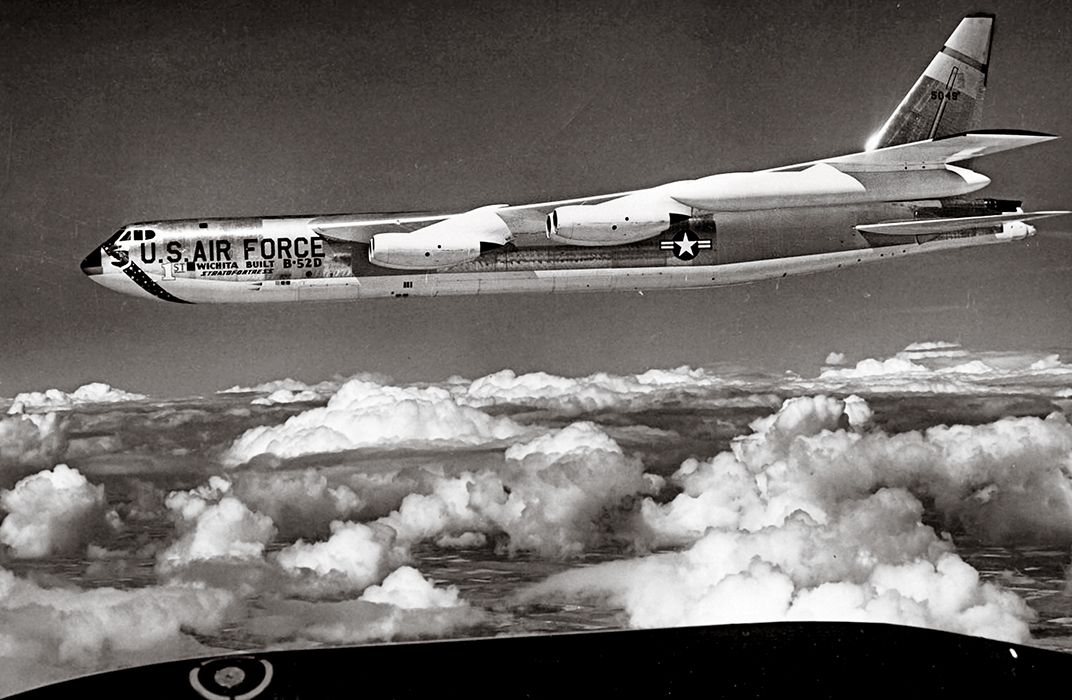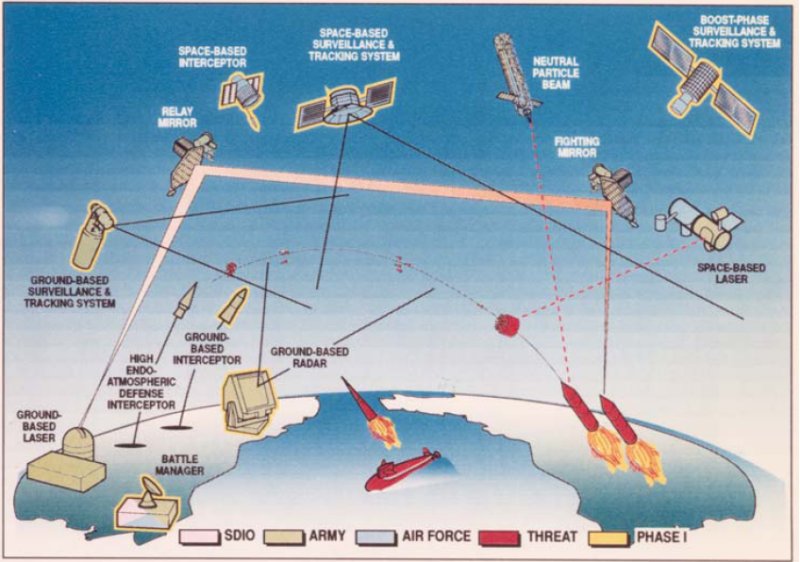
Today in 1973, in response to CIA reports the USSR was shipping nuclear weapons and troops to Egypt to intervene in the Yom Kippur War, Strategic Air Command, Continental Air Defense Command, European Command, and the Sixth Fleet moved to DEFCON 3 for the first time since 1962. 

A Soviet flotilla off Egypt dispersed hours after the alert began. SAC and CONAD reverted to DEFCON 4 the next day. EUCOM returned to DEFCON 4 on Oct. 31, as did the Sixth Fleet on Nov. 17. The merchant ship suspected of carrying nuclear weapons had reached Alexandria on Oct. 24.
Below, a declassified CIA memorandum on the possible shipment of Soviet nuclear weapons to Egypt. It concludes, “The evidence should not yet be regarded as though it creates a strong presumptive case that the Soviets dispatched nuclear weapons to Egypt.” cia.gov/readingroom/do… 

Five days later at Camp David, Soviet Ambassador Anatoly Dobrynin asked President Nixon and Secretary of State Kissinger what kind of a relationship the US and the USSR had if “one letter” (Brezhnev's Oct. 24 hotline message regarding intervening in the war) triggered an alert. 

• • •
Missing some Tweet in this thread? You can try to
force a refresh



























